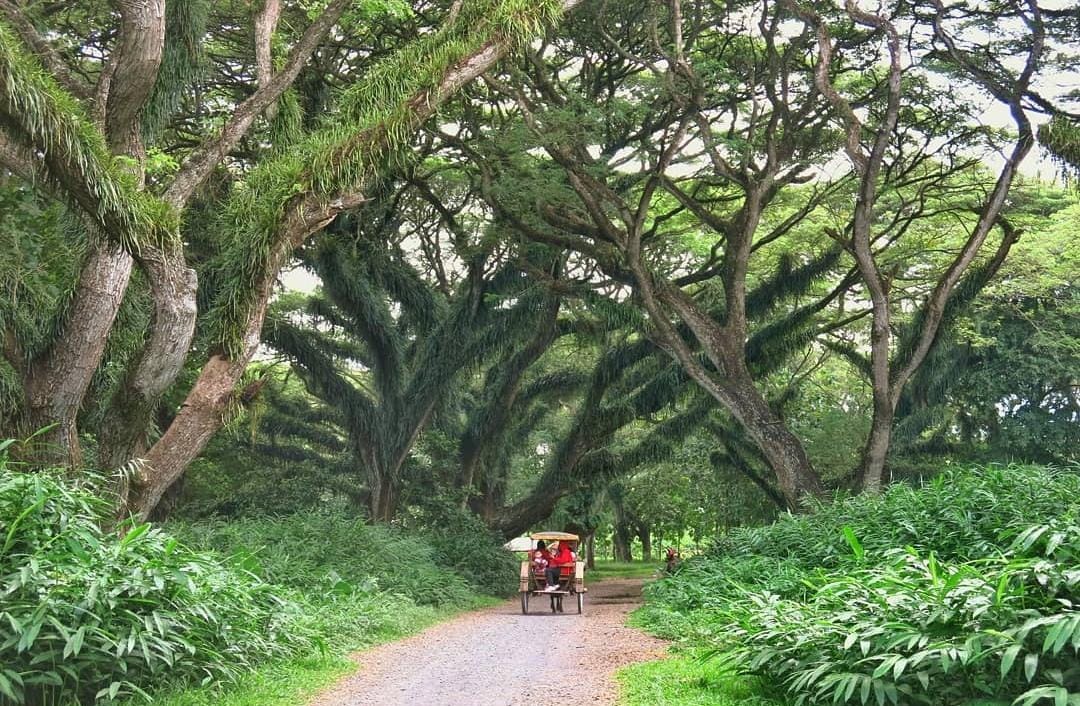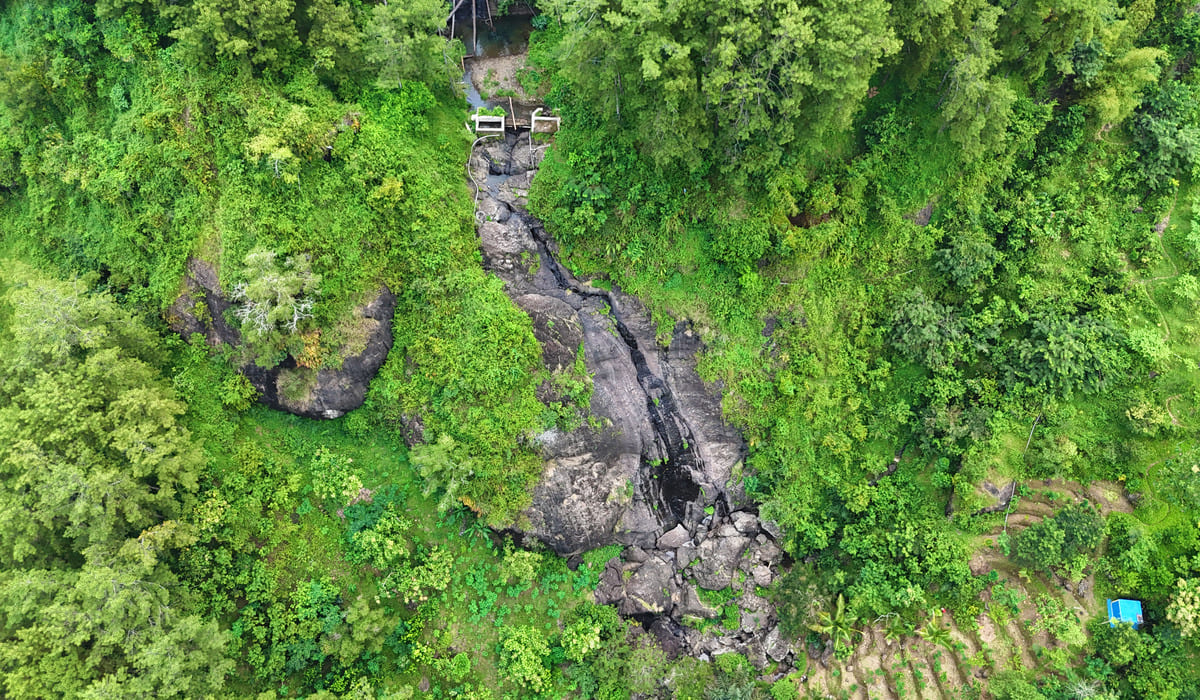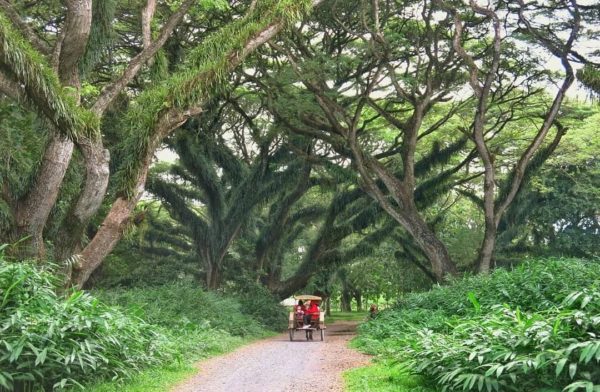
This November, the world celebrates World Tree Day on November 21st to commemorate the great service of trees for all living beings on earth.
As we know, trees have a significant role in supporting life on earth. Trees not only provide water, home, food, and oxygen which are essential things to live. More broadly, trees have made a great contribution combating climate change. With their ability to sequester and store carbon dioxide, trees keep the stability of the world’s climate. Without trees, probably the earth will only be a lifeless planet.
Several species of that have immense abilities to sequester a vast amount of carbon dioxide and make a major contribution to life on earth. Some of the tree also can be found in Indonesia. Let us find out what trees absorb the most carbon dioxide!
Trembesi Tree (Samanea saman)
Local people call this tree species Ki Hujan or pohon hujan which means rain tree. The trembesi tree has an exceptionally large canopy like a giant umbrella. The width of each tree canopy can reach 30 meters. It originates from South America but then spread over tropical countries, including Indonesia.
Trembesi is more popular as a rain tree due to the water drips from the leaves. In their natural habitat, trembesi tree act as shade tree. Compared to other tree species, a Trembesi tree could absorb a vaster amount of carbon dioxide (CO2), reaching 28,5 tons per year.
Read also: Indonesian Forest, One of The Largest in the World
Cassia Tree (Cassia sp.)
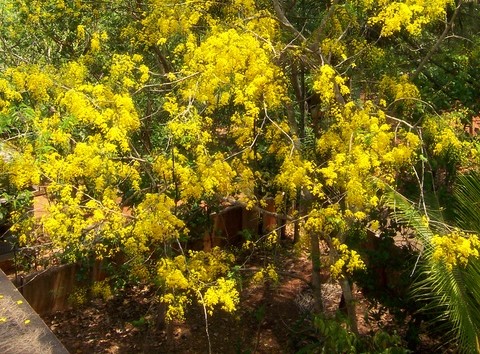
The cassia tree is included in leguminous species. They have beautiful colored flowers such as pink, peach, mauve, and orange. Therefore, they are widely used as ornamental garden trees. Cassia trees can reach 15 meters in height. Several types of cassia trees are also often to be used for reforestation and to combat desertification. Each cassia tree has the ability to absorb at least 5,3 tons of carbon dioxide (CO2) per year.
Beringin or Banyan Tree (Ficus benjamina)
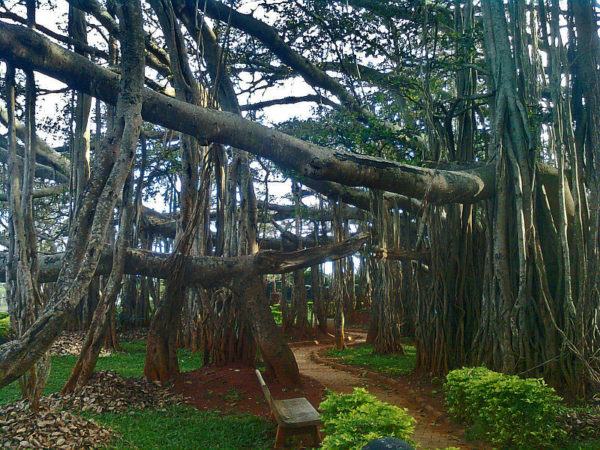
Although in Indonesia it is known as a haunted tree and synonymous with mystical things, the beringin or banyan tree has extraordinary benefits for the environment. The tree has a high ability to absorb and store water. They also have hanging roots from the branches as their respiration system.
The height of a banyan tree can reach 15 to 25 meters and its age can reach hundred years. In absorbing carbon dioxide, one banyan tree can absorb around 540 kilograms of carbon dioxide (CO2) per year.
Trees Matoa (Pometia pinnata)
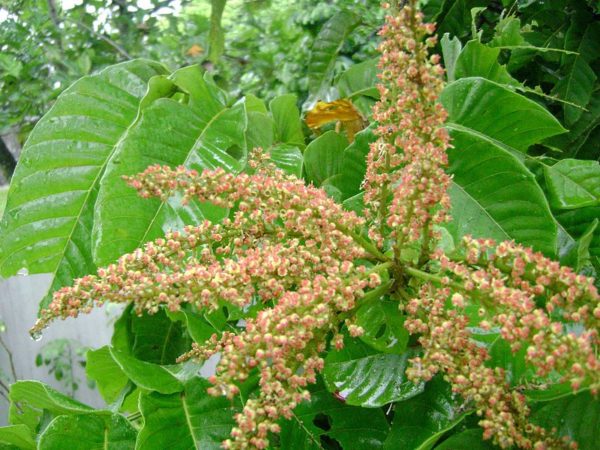
The matoa tree originates from Papua. The tree can be found in almost all of the lowlands on Papua island. However, this tree species has spread to other areas such as Sulawesi, Maluku, to Java. The height of a Matoa tree is 18 meters on average but can reach up to 50 meters. Matoa fruit has a round oval shape and it has sweet taste. Each matoa tree can absorb around 330 kg of carbon dioxide (CO2) per year.
Mahoni or Mahogany (Swietenia macrophylla)
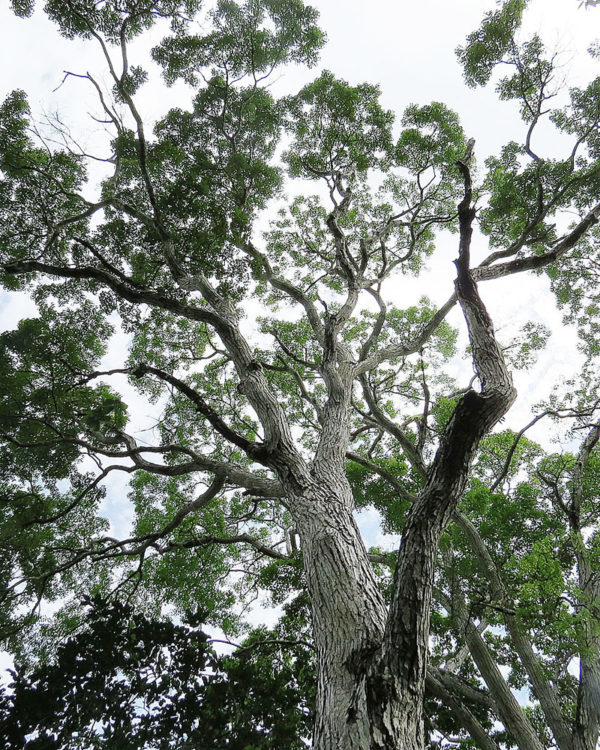
The origin of mahogany trees is from Central America and South America. The tree can reach 35 meters in height with a diameter of up to 125 centimeters. The mahogany trees act as shade trees in their natural habitat. However, they are also well-known for their good ability in storing groundwater. Mahogany trees can absorb up to 296 kilograms of carbon dioxide (CO2) per year.
Source: antara news, dpmg banda aceh portal kabupaten bangka , jurnal asia, muspera mlhk

